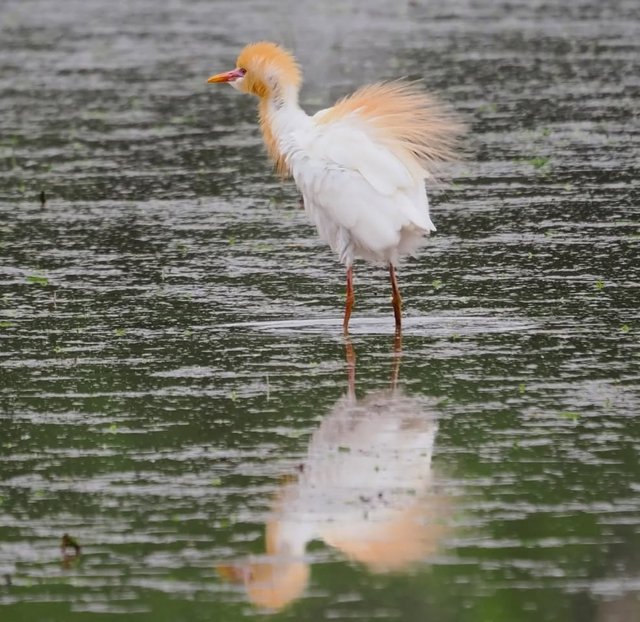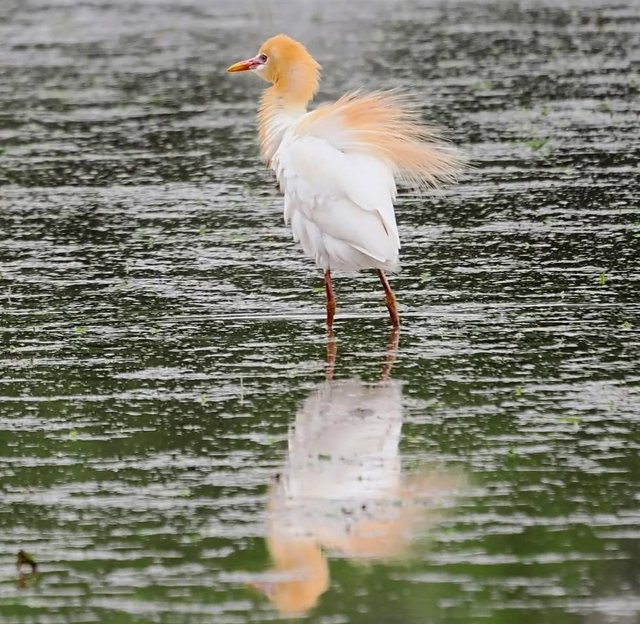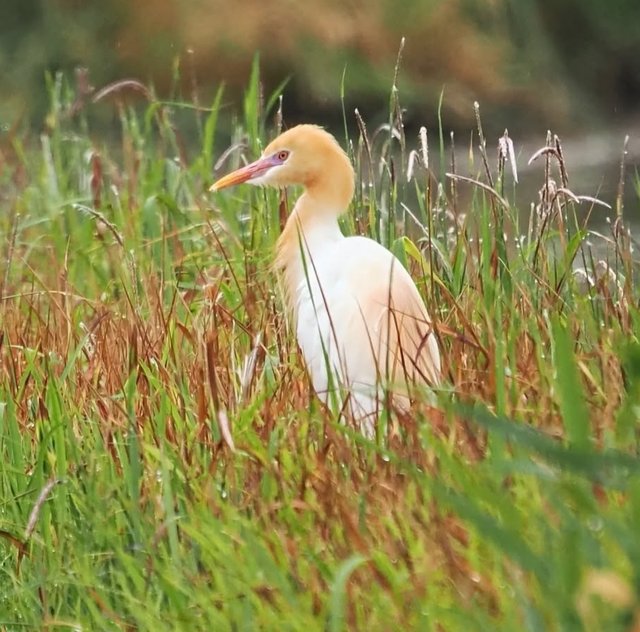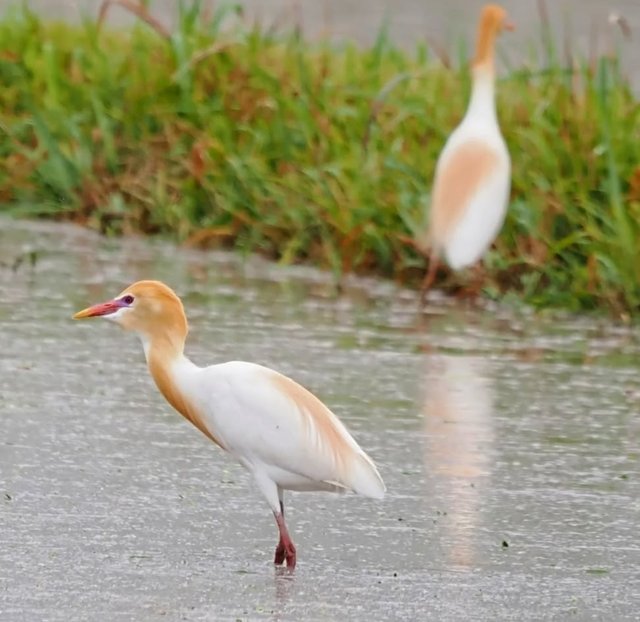Beautiful Cattle Egret Bird
The Cattle Egret: A Global Nomad and Unlikely Companion
The Cattle Egret is one of the most fascinating and adaptable birds in the world of avifauna. Unlike many of its wading relatives, this small white heron has made a name for itself far beyond the wetland habitats traditionally associated with its kin. With its distinctive behavior of following large mammals and its rapid global expansion, the cattle egret tells a story of survival, symbiosis, and unexpected success.
Physical Characteristics
The cattle egret is a compact, stocky heron, typically around 45–50 cm in length, with a wingspan of about 88–96 cm. It sports a relatively short neck and thick bill compared to other egrets. Its plumage is predominantly white, but during the breeding season, it develops striking orange-buff plumes on the head, chest, and back. The bill and legs turn a rich orange to red hue during this period as well, making it easy to distinguish breeding adults from juveniles and non-breeders.
Unique Behavior and Diet
What sets the cattle egret apart from other herons is its terrestrial foraging behavior. While most egrets are found stalking fish in shallow waters, cattle egrets prefer open fields, particularly those disturbed by large animals such as cattle, horses, or even tractors. These birds feed on insects and small vertebrates that are flushed out by the movement of these larger animals.
Their diet primarily consists of grasshoppers, crickets, flies, moths, and spiders, but they will also consume frogs, lizards, and earthworms. This opportunistic feeding strategy has contributed greatly to their success in colonizing diverse habitats.
Symbiosis with Livestock
The cattle egret’s name comes from its tendency to follow cattle and other large grazing animals. This relationship is a form of commensalism, where the egret benefits while the host animal is largely unaffected. In some cases, the presence of cattle egrets can even be beneficial to the livestock, as the birds eat ticks and flies that might otherwise bother the animals.




%20(10).jpeg)